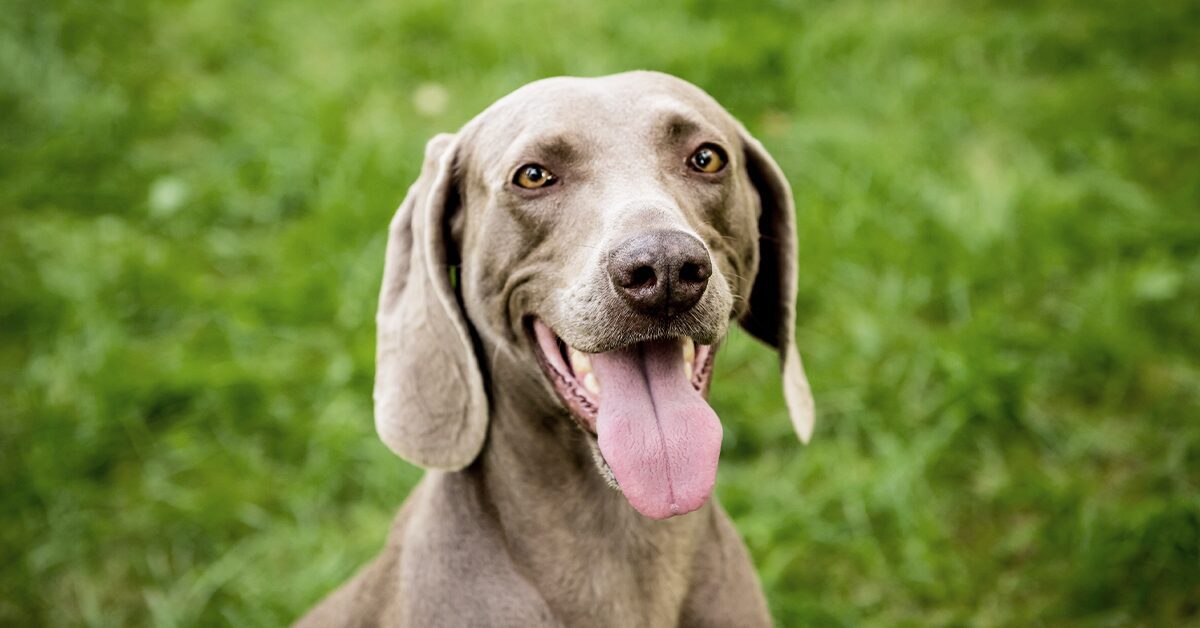Aggression is one of the most serious and common problems that dogs can have. While aggression is a broad term that can refer to many different protective or defensive behaviors in animals, it becomes a behavior issue for dogs when other animals or people are put in danger. Here’s everything you need to know about dog aggression and dog aggression training.
Warning signs of dog aggression
What does dog aggression look like? If you have a new dog or if you’re a new dog owner, it may be difficult to determine when a dog’s behavior is aggressive. Dog aggression refers to many different behaviors that begin with warnings and can end in attack. Here are ten types of dog aggression behaviors and body language to look out for in your dog:
- Threatening bark
- Lunging forward or charging at a person
- Suddenly becoming very still
- Growling
- Showing teeth and mouthing
- Snarling
- Snapping
- Nipping that leaves no mark
- Quick dog bites that don’t break the skin
- Dog bites that tear skin
Dog aggression causes
While certain dog breeds have a reputation for being more aggressive than others, aggression can occur in any dog breed. Frequently, dogs develop aggressive behaviors based on the environments and training that they experience as puppies. Some rescue dogs that have experienced trauma can sometimes become aggressive as a response to abuse or neglect.
Sometimes adult dogs develop new aggressive behaviors as well. Similar to people, dogs can become annoyed and grumpy. Sometimes an adult dog will have less patience when being introduced to a puppy or energetic small child, and other times they might be sick, injured, or tired. Dogs don’t have a lot of ways to communicate their anxiety, and unfortunately, aggression is one of the ways that they express themselves.
Fear can also cause your pup to lash out. Dogs can be afraid of loud noises or strange smells. You might notice that some dogs also respond to people and animals protectively, as a possessive or territorial response. Our furry friends can pick up on human emotions or social cues, and sometimes, they respond aggressively by trying to protect the ones they love.
Depending on what dogs have been exposed to, they may be aggressive toward only certain people or animals. Some dogs are aggressive toward young children, if they have not been properly exposed to children. Other dogs are protective of people who are unfamiliar to their family members. Certain male dogs are aggressive only toward female dogs, or visa versa. For all of these reasons, it’s very important to socialize your dog as early as possible.
Dog aggression training and treatment
If your dog is displaying signs of aggression, the safest, most effective way to help them is by seeking out professional help.
By working with a professional dog trainer or animal behaviorist, you can learn behavior modification techniques to address any problems and use positive reinforcement to reward your dog’s good behaviors. Not only will this eliminate stress and anxiety from your life, but ultimately, give your dog the happy, healthy life they deserve.
The truth is that aggression is more common in dogs than pet parents realize, which is why coverage for eligible behavioral issues is included on Pumpkin’s dog insurance plans. Help ensure your pup is covered for future accidents and illnesses by fetching a free quote today.




